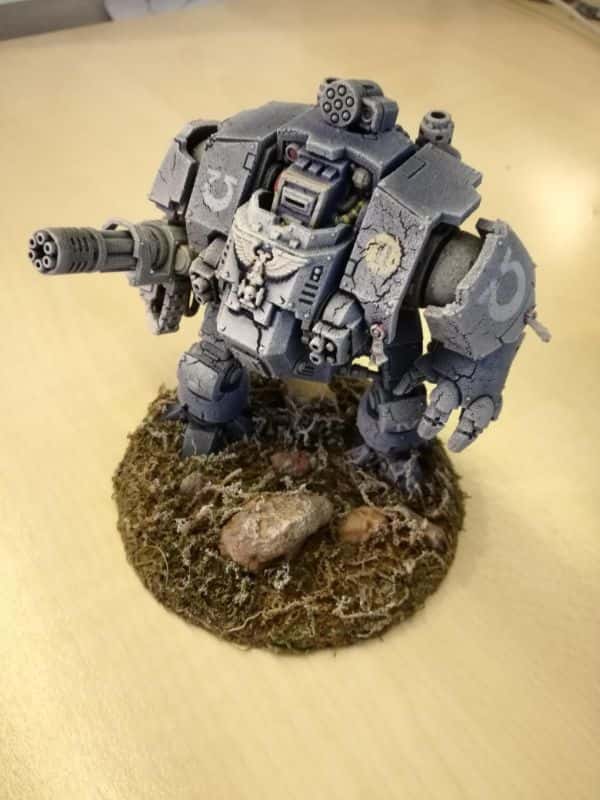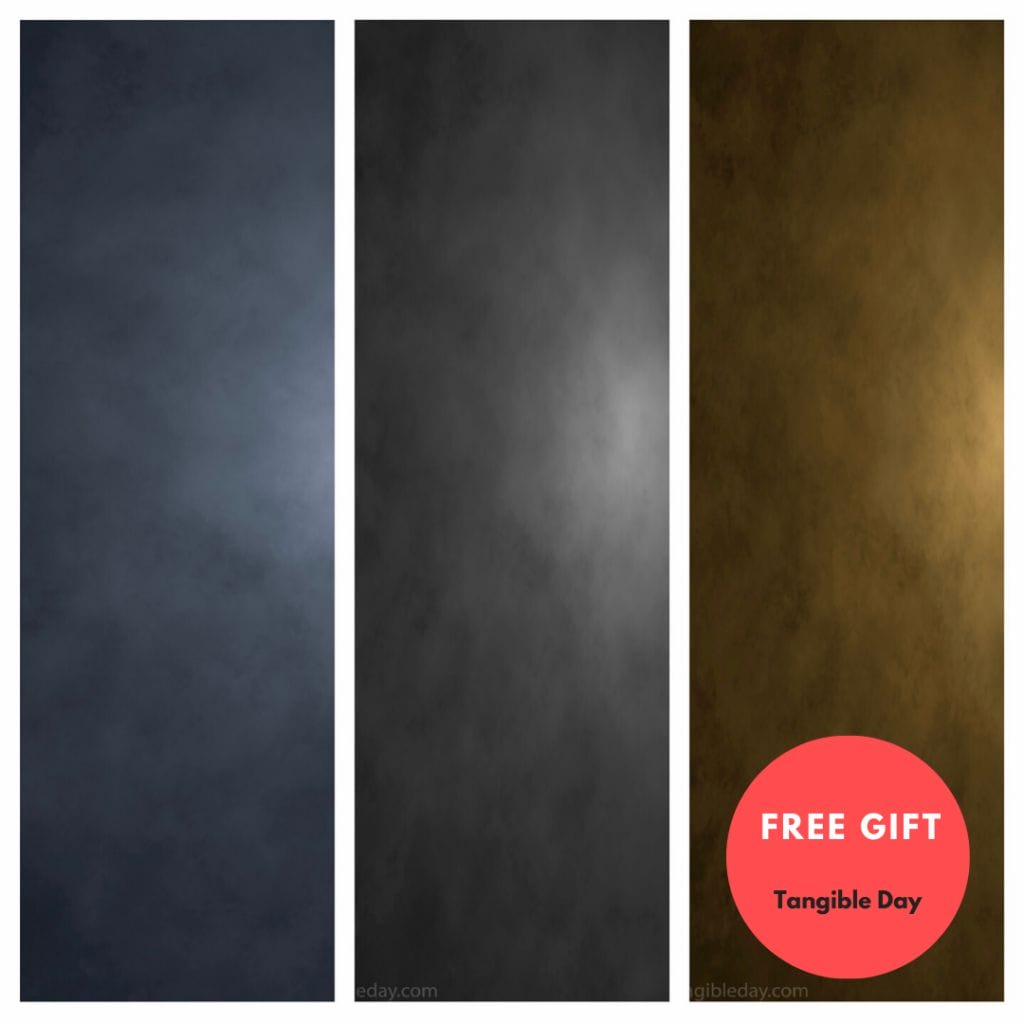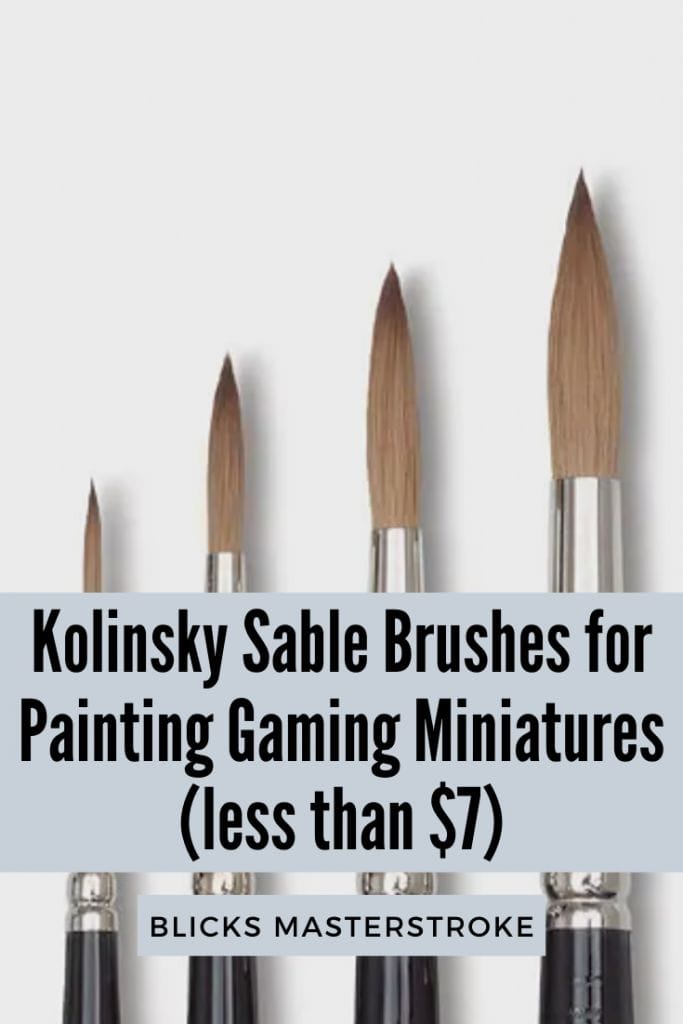Are you looking for a way to fix a foggy or cloudy varnish on miniatures? It is common for some aerosol matte varnishes to turn cloudy or frost on models, if applied under certain poor conditions. The cloudy or foggy varnish effect can be devastating, as it obscures all the hard work painting the miniature. I’ve experienced this effect on several occasions. In desperation to recover my work, I sought out the best advice to see if the foggy effect can be removed. My concern with some frost removal solutions is that they tend to damage the underlying paint job. The good news is that I have discovered a real solution that completely fixes the cloudy, foggy effect of a bad matte varnish application.
In this article, I show how you can quickly, easily, and inexpensively fix a foggy varnish on your miniatures. This is a nearly 100% guaranteed fix. I’ve tried this method many times and recommended it to others. In each case, it worked every time to restore models to the pre-varnished state!
Here’s what you’ll need for the frost fix method:
- Virgin olive oil
- A hair dryer
- A matte varnish
What Causes a Foggy or Cloudy Varnish?
The undesirable cloudy effect on models occurs for two reasons with an aerosol varnishes:
- Spraying in high humidity
- Not properly mixing or shaking the aerosol can before spraying
Frosting or clouding with a matte varnish happens when you apply the varnish onto a porous or water-absorbent surface. Most of us paint our miniatures with acrylic paint. Acrylic hobby paint is water-soluble and will continues to absorb water even when the paint is “dry” on a model’s surface. When it comes to a frosting varnish, water moisture is the main culprit.
RELATED: HOW TO PAINT MINIATURES EXCLUSIVELY WITH OIL PAINTS
A matte varnish uses dry particles or powder suspended in a solution to create the “matte, non-reflective” finish. When you spray a matte varnish, the liquid solvent delivers and coats the model’s surface with these microscopic particles. Under the right conditions, when the surface is evenly coated with the varnish before the solvent evaporates, the particulates act as a “microscopic texture” that is non-reflective and transparent.
On the other hand, if the solvent doesn’t behave, the particulates will coagulate or clump. Things that could lead to the solvent not drying properly (leading to a frost finish with clumping particulates) include being absorbed into acrylic paint with too much moisture content, or the varnish mixing with water in the air during spraying.

A matte varnish may also lead to fogging or frosting when the aerosol can isn’t shaken properly. Some hobby brands of aerosol matte varnishes, e.g., Citadel or Army Painter clear coats, sit around on shelves for too long. This leads to frosting because the powder or particulates separate and settle out from their solvents (just as hobby paint pigments do if they aren’t used frequently).
If you don’t shake your rattle cans enough, the powder and solvent won’t mix properly when you spray a model. So, when the um powder hits your model’s surface unevenly, it will dry evenly with the frosty effect.
How to Prevent Fogging or Clouding with a Varnish (3 Tips)
It’s easy to prevent the cloudy effect of applying the matte varnish. Here are 3 tips you can follow to prevent any matte varnish from frosting your miniatures:
Tip #1 – Shake the varnish aerosol can
Shake your matte varnish can vigorously for at least a minute. You should hear the agitating balls inside the can rattle. A good mixing of the solvent and the powder particulate inside the can will help prevent frosting when you spray it on your model. Shaking your rattle cans well is especially important if you haven’t used the varnish for a while.
Tip #2 – Spray at low ambient humidity
To avoid frosting, I recommend you spray any aerosol matte varnish at low ambient humidity (best if less than 50%). If you’re not sure about the humidity in the air, you can check weather reports or use an inexpensive humidity gauge. Even if it doesn’t feel humid, acrylic paint on your model will absorb water moisture from the air. Acrylic paint loves to absorb water, even if it is dry on your model.
Tip #3 – Use a hair dryer
There are times when you want to varnish your models even if the air inside or outside is too humid. A low-cost hair dryer will remove moisture from the local area around your model, and will dry up any excess moisture in the acrylic paint already on a miniature. To use your hair dryer before varnishing, apply the hot air until you feel the model is warm to the touch.
Then, spray your varnish as you normally would in a thin layer, holding the nozzle about 6-12 inches away from the model’s surface. Re-apply the heated air from the hair dryer after you’re done spraying until the solvent completely evaporates from your miniature. Be careful you don’t use the hair dryer while there is still a varnish “mist” or vapor in the air. You could start a fire, as the solvent in aerosol is flammable.

How to Fix Foggy or Frosted Miniatures after a Varnish
The following method has been tested and works with any aerosol spray varnishes, such as Testors Dullcote, Army Painter, Krylon, and GW Citadel matte varnishes. Because these varnishes are similar to other lacquer or shellac type varnishes, it is safe to assume that the following “fix” will also work with any rattle can matte or satin varnish that uses a particulate/solvent suspension.
Here’s what you do to solve the frosted look from varnished models (5 simple steps):
- Coat your entire model in a thin layer of virgin olive oil. You can use other cooking oils, but olive oils seems to work best.
- Let the oil cure for at least 1-2 hours. The olive oil works because it helps remove and displace moisture from the miniature’s surface. It also lubricates and smooths out the clumped-up particulates in the varnish that’s causing the foggy effect.
- Wipe off as much oil from the model as you can. I recommend using a cosmetic sponge or a clean cloth. You can use a towel moistened with soap and water (use very little) to remove any excess oil. The result should at this point should be a clear and transparent miniature surface.
- Use the hair dryer to warm and remove any water moisture on and around the model.
- Re-apply the matte varnish using foggy prevention methods.
This process works every time to reverse the cloudy effect of a bad matte varnish.

Final Word
I hope you found this article helpful for fixing an undesired varnish finish on models. After all that hard work you put into painting your models, it is disheartening to find out that your varnish clouded over everything. The good news is that you can fix it with products you already have in your household.
Have you experienced a bad varnish and were you able to fix it? Let me know with a comment below!
Until next time, happy painting and varnishing!



Tangible Day on YouTube (Miniatures and More!)


An interesting post on a horrible bane of modelling.
Yeah I experienced it one too many times and found this method that works!
Pingback: How to Fix Foggy Varnish on Miniatures (Simple, Easy, Fast) — Tangible Day | Ups Downs Family History
I wish I had read this before varnishing a model I just finished a while ago. Frosted right up like a window on cold winter’s night.
Going to have to try your tips to fix before I decide if I have to start over.
Oh, let me know how it goes! I’m glad you may find this useful. This method has worked for me. Of course, I’m super careful to only spray varnishes in good weather, or indoors with lower humidity.
This article saved my life. I varnished my
Models and they all turned milky grey. 100s of hours up in smoke just like that. I almost threw everything in the trash. I was so upset. All that work… I didn’t know what to do. So I tried this skeptically, and came back this morning and they’re back to normal! Thank you for taking the time to write this. May Chaos favor you.
Nice! Thanks for the message 🙂
I’m really happy this turned out well for you. I’ve tested this a few times before putting this post together, so it should be pretty reliable should your foggy issue ever happen again — Though be sure to see the preventative measures here, too.
( Oh yeah, if you have a photo of your models before and after your “Fix” based on this article, I’d love to see 😀 ))
Hi, I accidentaly clouded a metalhandle I was repainting with spraypaint. I tried it on Montana Varnish and it didn’t work unfortunately. But I took some rubbing alcohol/ethanol (don’t know the right english word for it and in swedish it’s called T-röd) and it rubbed off without destroying the underlayer. Just wanna leave this comment here if anyone else come looking for a solution on their DIY’s mishaps 😉
Hey, this has been such a useful post thank you! I’ve been struggling to find anything even as close to as informative as this anywhere else.
I am having the same issue but with a glossy solvent-based varnish, DAS Vitrifying Varnish to be exact. Would this method work with this product too?
Yes! This should work. It’s a safe approach. Just try the oil on a small area to see what it looks like and if you’re happy with the process. I had this happen to me too many times so I worked out a way to fix frosted varnish 🙂 let me know how it goes!